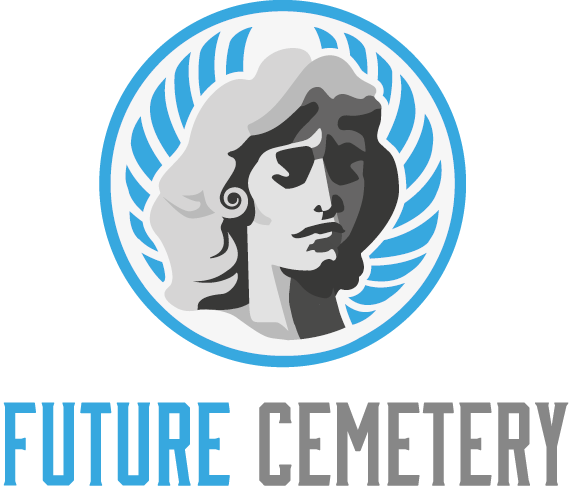The Bureau advocates consumer protection and licensee compliance through proactive education and consistent interpretation and application of the laws governing the death care industry. It oversees the registration of embalmers and funeral directors; their apprentices and assistants; cemetery brokers, salespersons and managers; cremated remains disposers; and nearly 200 licensed private cemeteries in California.
Licensing requirements
Funeral directors are responsible for a wide variety of tasks, including arranging funeral services, embalming the body, and liaising with families. They also have to complete paperwork and comply with local laws and regulations. They must be licensed in order to perform these duties.
The licensing requirements for funeral directors and embalmers vary from state to state. In New Jersey, for example, they must have an associate or bachelor’s degree from an accredited mortuary science program and pass national and state licensure exams. They must also have a one-year internship under the supervision of a licensed funeral director or embalmer.
In addition to meeting education and experience requirements, licensees must renew their licenses every two years and pay a fee. They must also attend mandatory continuing education courses. The licensee must also obtain a permit to transport a corpse outside of the state. The permit is available through the state Bureau of Funeral, Cemetery, and Consumer Services.
Requirements for certification
In order to become a funeral director, you need to complete a certificate program at an accredited mortuary school. The program must be at least one year in length and include extensive work in the areas of biological science, business, and social science. In addition, you must pass the National Board Examination sponsored by the International Conference of Funeral Service Examining Boards. You must also complete a 12-month residency at a registered NYS funeral firm under the supervision of a licensed funeral director.
The State Board of Funeral Directors of New Jersey administers the Mortuary Jurisprudence Examination that covers the laws of the state as they relate to funeral directing. You must be of good moral character to sit for the exam, and you must be at least 18 years old.
The requirements for licensing and certification vary by state. You should contact your local Funeral Bureau for more information. In addition, The Conference and ABFSE publish a booklet that provides jurisdiction-specific information for 55 of the Conference’s member boards.
Training requirements
The funeral service industry has long been considered a stable job, and there are many opportunities for those with the right qualifications. The job can be very emotionally demanding, but those who are committed to it can find themselves in a rewarding career. However, those considering this profession should have a healthy attitude towards death and be comfortable working with people during extremely emotional times.
A funeral director must undergo a program of education and experience that includes practical training and passing a state board exam to become licensed. He or she must also pass a criminal background check and be of good moral character.
Once a funeral director has passed his or her licensing exams, he or she must maintain his or her license through continuing education courses. This enables him or her to stay up-to-date on changes in funeral procedures and other related topics. This is important because the funeral industry changes often, and funeral directors should know what’s happening so they can best serve their clients.
Salary
If you’re interested in pursuing a career as a mortician or funeral director, it’s important to understand the salary requirements for this unique line of work. According to the Bureau of Labor Statistics, morticians, undertakers, and funeral directors earn an average salary of over $50,000 a year in the United States. However, this figure can vary significantly depending on where you live and your level of experience in the field. Connecticut, for example, is one of the highest-paying states for morticians and funeral directors.
If you’re interested in a career in this field, it’s essential that you have a healthy attitude towards death and are willing to work a flexible schedule, which often includes nights and weekends.
